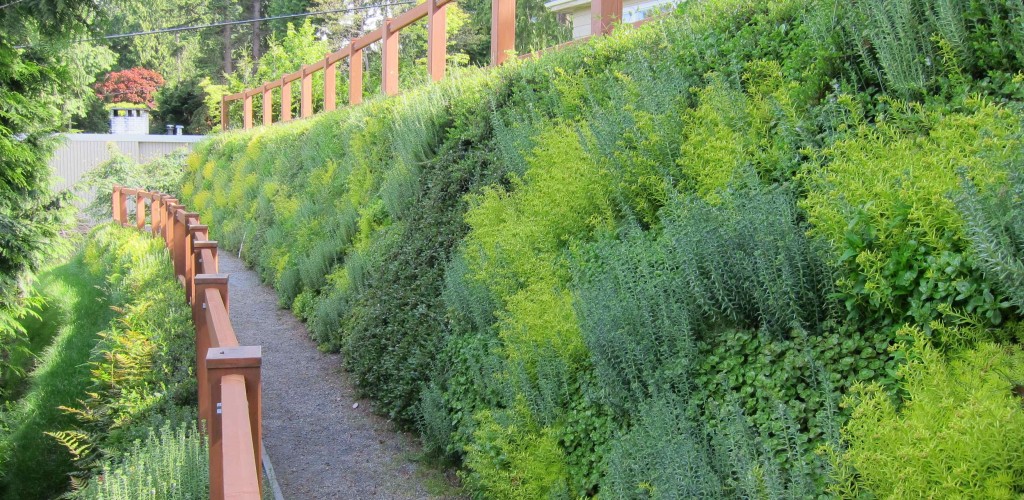

Working in section and 3d view simultaneously | Corkery Consulting These small changes can be made easier by working in section views of each Profile. can then be adjusted in the final design stages to assist with balancing cut and fill requirements and reducing associated costs. To go one step further, design levels of paths, plazas, landforms, etc. The proposed design interventions can be assessed in terms of elevation, slope, aspect and hydrology, and cut and fill calculations can also be made to balance earthworks requirements. These Assemblies can then be applied to Profiles throughout your model, with any future amendments to the detailed design of your path or wall made to the Assembly, and updates automatically carried through to your Corridor, updating your plans, sections and 3D views simultaneously.Īs an additional plus, all the analysis performed on the existing Surface can also be performed on proposed Surfaces. The Assembly, on the other hand, could incorporate the detailed design of a footpath or retaining wall.

Alignments, for instance, can turn lines and curves into a smart object representing road centerlines and pipe networks. Some tools that landscape architects may find particularly useful in Civil 3D are Alignments, Profiles, Assemblies and Corridors. (Related Story: Digitising Landscape Architecture – From CAD to BIM and Everything in Between)Īn Alignment is projected up to the Surface to create a Profile.Īn Assembly is then applied to this Profile to create a Corridor. When used in conjunction with Autodesk’s Raster Design, geo-referenced aerial imagery can also be placed in our drawing with speed and precision. Using the automated features of Civil 3D, analysis of elevation, slope, aspect and hydrology can be performed numerous cross sections through the site can also be drawn with the click of a mouse, all using the automated features of Civil 3D. We can import existing elevation data into Civil 3D to create another surface that we can add to and manipulate in multiple ways. Transform “Dumb” Lines into “Smart” Objectsįirst, Civil 3D gives us the ability to turn our “dumb” contour lines into a “smart,” interactive model. Progression from 3D contour information to a surface in the form of a triangulated irregular network (TIN) – this surface then automates analysis including elevation, cross-sections and watershed | Corkery Consulting So how can a Surface in Civil 3D work for a landscape architect? “ a three-dimensional geometric representation of an area of land…made up of triangles or grids…To use a surface in your drawing, you can create an empty surface and then add data to it…Points or contours are usually a primary part of the original surface information.” According to the Autodesk explanation, a Surface is:
#Retaining wall to infraworks software
The drawing and information exchange as well as its interoperability with other engineering software makes it a flexible tool for both disciplines.īefore we go any further, the first and major thing you’ll need to understand about Civil 3D are its basic building blocks called Surfaces. Although it’s not a program specifically tailored for landscape architects, we can still benefit from its powerful and useful features for analysis as well as its tools for design automation and visualisation.Ĭivil 3D also offers another big advantage for landscape architects requiring close collaboration with engineers. Civil 3D is a design and documentation program that supports BIM workflows.


 0 kommentar(er)
0 kommentar(er)
